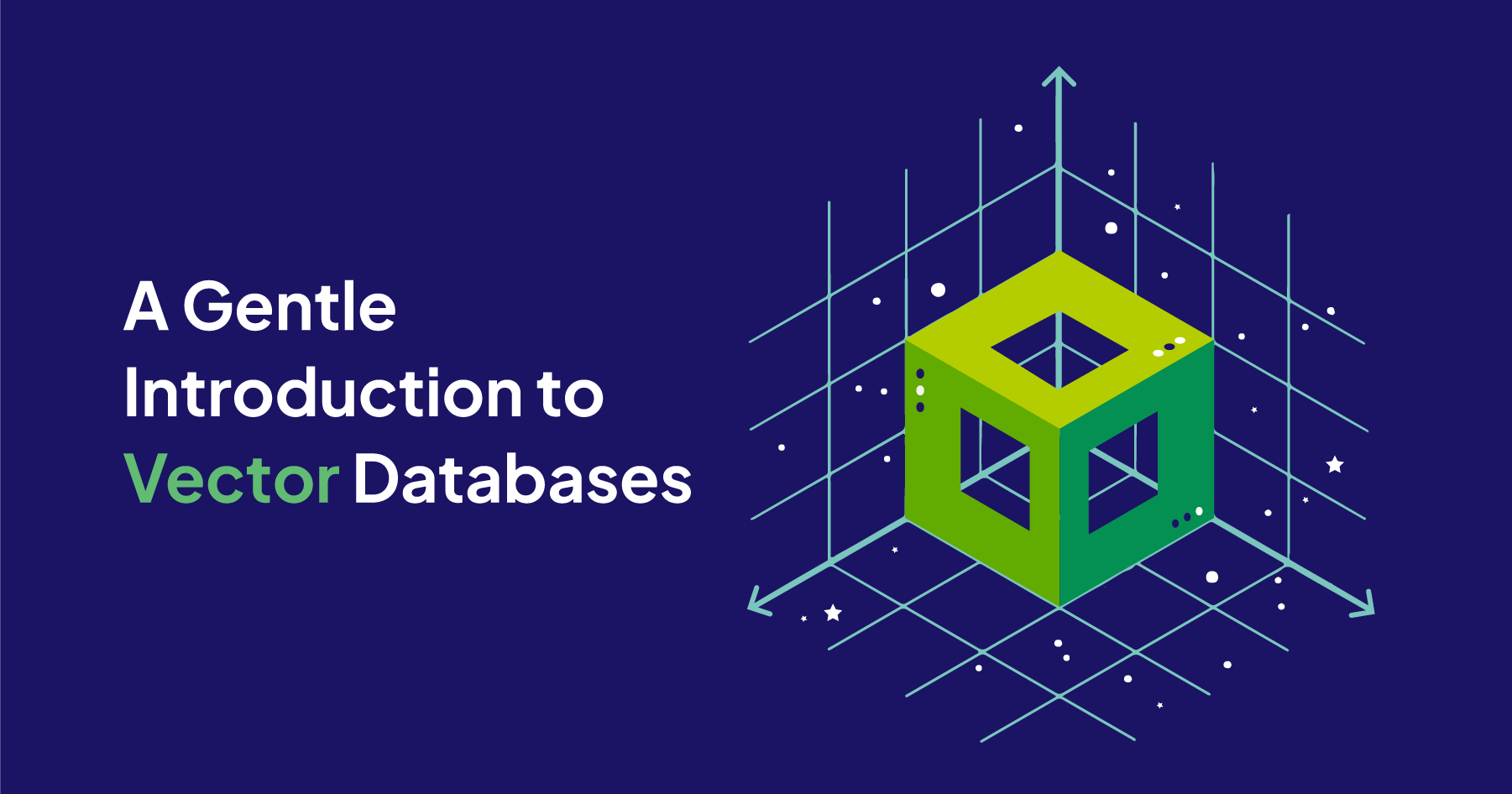Vector Databases for Newbies: Why AI Loves Them
A beginner-friendly guide explaining what vector databases are, how they differ from traditional databases, and why they’re essential for AI and machine learning applications.

🤔 What’s a Vector Database?
Imagine you’re building a smart app that answers questions like:
“Find me articles similar to this one about climate change.”
A regular database (like MySQL or PostgreSQL) would struggle it’s great at finding exact matches (“show me all users named Alice”), but terrible at understanding meaning.
That’s where vector databases shine.
🔢 What’s a “Vector”?
In AI, a vector is just a list of numbers that represents the meaning of something like a sentence, image, or song.
For example:
- The sentence “Cats are fluffy pets” might become:
[0.82, -0.31, 0.55, ..., 0.12](a 384-number list!) - The sentence “Dogs are loyal companions” might be:
[0.79, -0.28, 0.51, ..., 0.14]
Even though the words are different, their vectors are close together because they’re semantically similar.
This magic is done by embedding models (like all-MiniLM-L6-v2 or OpenAI’s text-embedding-ada-002).
🗃️ Regular DB vs. Vector DB: The Key Difference
| Feature | Traditional Database | Vector Database |
|---|---|---|
| Stores | Rows & columns (text, numbers) | Vectors (lists of numbers) |
| Query type | Exact match (WHERE name = 'Alice') | Similarity search (“find things like this”) |
| Best for | Transactions, user accounts | AI, recommendations, RAG, search |
| Example | MySQL, PostgreSQL | Chroma, Pinecone, FAISS, Weaviate |
💡 Think of it like this:
- A regular DB is a librarian who only finds books by title or ISBN.
- A vector DB is a librarian who reads every book and says: “You liked The Martian? You’ll love Project Hail Mary!”
🚀 Why Are Vector Databases Essential for AI?
-
They power RAG (Retrieval-Augmented Generation)
→ Your AI pulls relevant facts from your docs before answering no hallucinations! -
They enable semantic search
→ Search by meaning, not just keywords. Type “How do I stay warm in winter?” and get results about jackets, heaters, and hot cocoa even if those words aren’t in your query. -
They scale efficiently
→ Modern vector DBs use smart indexing (like HNSW or IVF) to find similar vectors in milliseconds, even in millions of records.
🧪 A Tiny Example (Using Chroma)
from chromadb import PersistentClient
from sentence_transformers import SentenceTransformer
# 1. Turn text into vectors
embedder = SentenceTransformer("all-MiniLM-L6-v2")
texts = [
"Hacktoberfest is a celebration of open source.",
"AI can generate code using RAG systems.",
"Vector databases store meaning as numbers."
]
vectors = embedder.encode(texts)
# 2. Save to vector DB
client = PersistentClient(path="./my_db")
collection = client.create_collection("concepts")
collection.add(
embeddings=vectors.tolist(),
documents=texts,
ids=["1", "2", "3"]
)
# 3. Search by meaning!
query = "How do I build an AI that uses my own data?"
query_vec = embedder.encode([query])
results = collection.query(query_embeddings=query_vec.tolist(), n_results=1)
print(results["documents"][0][0])
# Output: "AI can generate code using RAG systems."
✅ It didn’t match keywords it matched ideas.
🌟 When Should You Use One?
Use a vector database when you need:
- AI-powered search
- Personalized recommendations
- Chatbots that “remember” your docs (RAG)
- Duplicate detection (e.g., “Is this support ticket already answered?”)
You don’t need one for:
- Storing user logins
- Tracking orders
- Simple CRUD apps